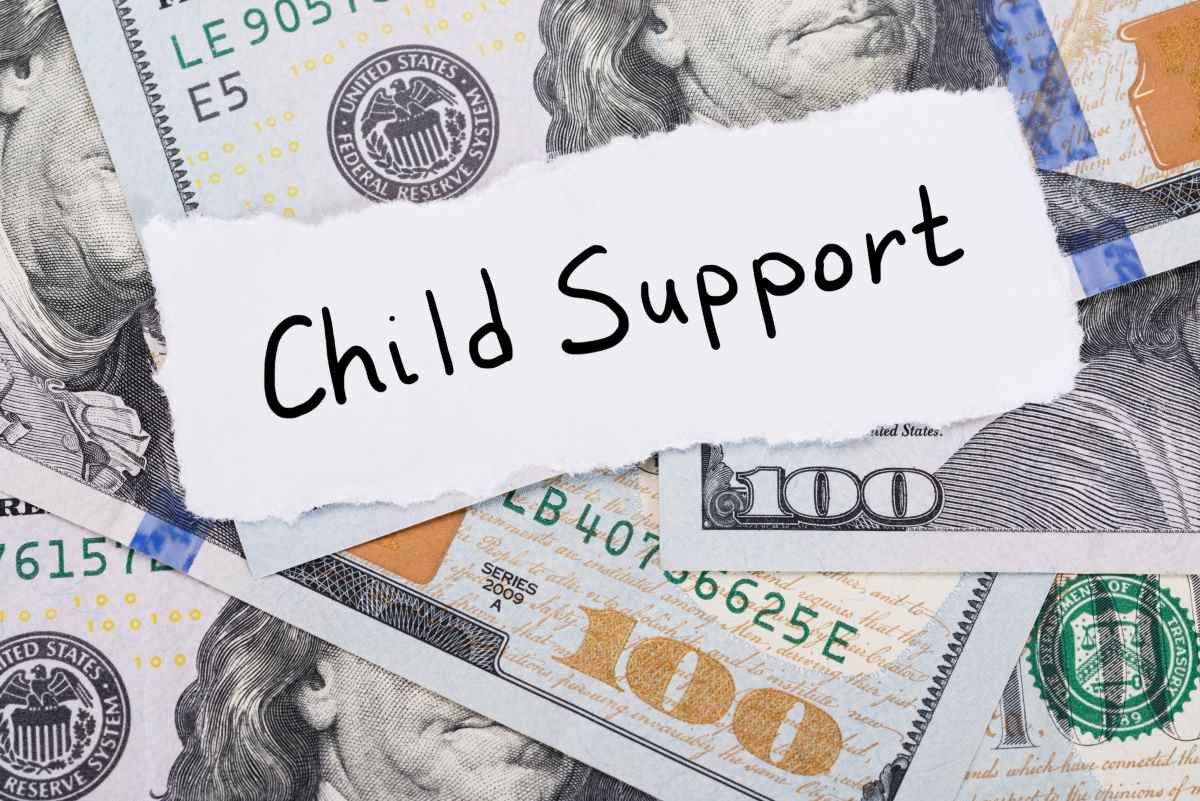getting a divorce can be emotionally draining for individuals who have vowed to stick together for better or worse. One of the challenges it poses is dealing with taxes, and the reason isn’t farfetched. Tax laws for divorced or separated individuals are complicated to navigate. Thankfully, there’s tax relief for divorced or separated persons. This article takes a deep dive into this relief to provide some answers to common questions about it.

- What Is Tax Relief for Divorced or Separated Individuals?
- What You Can Receive
- Eligibility Requirements To Receive Tax Relief for Divorced or Separated Individuals
- How To Apply for Tax Relief
- Best Way To File Taxes when Married but Separated
- Average Processing Time
- Claim What's Yours
What Is Tax Relief for Divorced or Separated Individuals?
Tax relief, in this instance, is a provision and a policy designed to reduce the financial burden for individuals who are either divorced or separated. Typically, tax relief for these individuals is designed by the government, through the US Department of the Treasury, to reduce financial burdens.
Tax relief should not be likened to tax evasion or avoidance, as they are illegal and can result in legal consequences. Thus, tax relief is a legal way to ease your financial burden as a recently divorced or separated person.
What You Can Receive
Some of the benefits you can receive when you file taxes as a divorce or separated person include the following:
- Higher standard deduction. You may be eligible for a higher standard deduction if you file as a divorced or separated individual than if you file as a single person. This can significantly lower your tax liability.
- Lower tax liability. You can lower your overall tax liability by claiming deductions and credits.
- Deductions for spousal support. If you’re required to pay spousal support, tax relief can deduct those payments, lowering your taxable income and reducing your tax liability.
Eligibility Requirements To Receive Tax Relief for Divorced or Separated Individuals
To be eligible for tax relief, you must meet the following requirements:
- You must be legally divorced or separated from your spouse. If you are still married to your spouse, you cannot claim this special tax relief.
- You must have custody of your dependent children for more than 6 months. However, if you share custody of the children with your spouse, you must follow specific IRS divorce rules to determine who claims them as dependents on tax returns.
- If you claim deductions for spousal support payments, you must make those payments in agreement with a court order. If you are making spousal payments voluntarily, you will not be eligible for tax relief.
How To Apply for Tax Relief
To apply for this tax relief, you must file your taxes using the guidelines posted within Publication 504, Divorced or Separated Individuals. You can also visit the IRS forms webpage for more information. Alternatively, you can call 800-829-1040.
Documentation Needed
You will present copies of the following documents when applying for this tax relief:
- Divorce certificate or separation agreement
- Proof of custody
- Proof of spousal payment
- Other relevant information, like medical expenses, charitable donations, or other deductions
It’s essential to keep accurate records and documentation to support your tax return and any claims for tax relief.
What Happens Next?
Once you file your tax return and claim this tax relief as a divorced or separated individual, the IRS will review your return and any supporting documents. If the IRS has concerns about your application, they may request additional information or pose some divorce tax questions.
If you have claimed deductions or credits that lower your tax liability, you may receive a refund for the amount of those deductions.
Best Way To File Taxes when Married but Separated
If you are separated but not yet divorced, there are two options for filing your taxes:
- Filing jointly. You can file your taxes jointly if you and your spouse are still on good terms. By filing together, you may enjoy certain tax credits and deductions unavailable to those who file separately. You need to understand that you and your spouse are both liable for any errors or discrepancies in the tax return.
- Filing separately. If you prefer to keep your finances separate from your spouse after being legally separated, this option suits you.
Average Processing Time
The processing time for receiving this tax relief is typically within a few weeks of filing. However, it can take longer depending on a host of reasons, including the complexity of your claim, the workload of the IRS, and the authenticity of your supporting documents.
Claim What’s Yours
Tax relief can be a significant financial benefit for divorced or separated individuals. By claiming deductions and credits for child and spousal support payments, among other expenses, you can reduce your overall tax liability and receive a tax refund.
Are you recently separated or divorced? Take advantage of this tax relief today.





